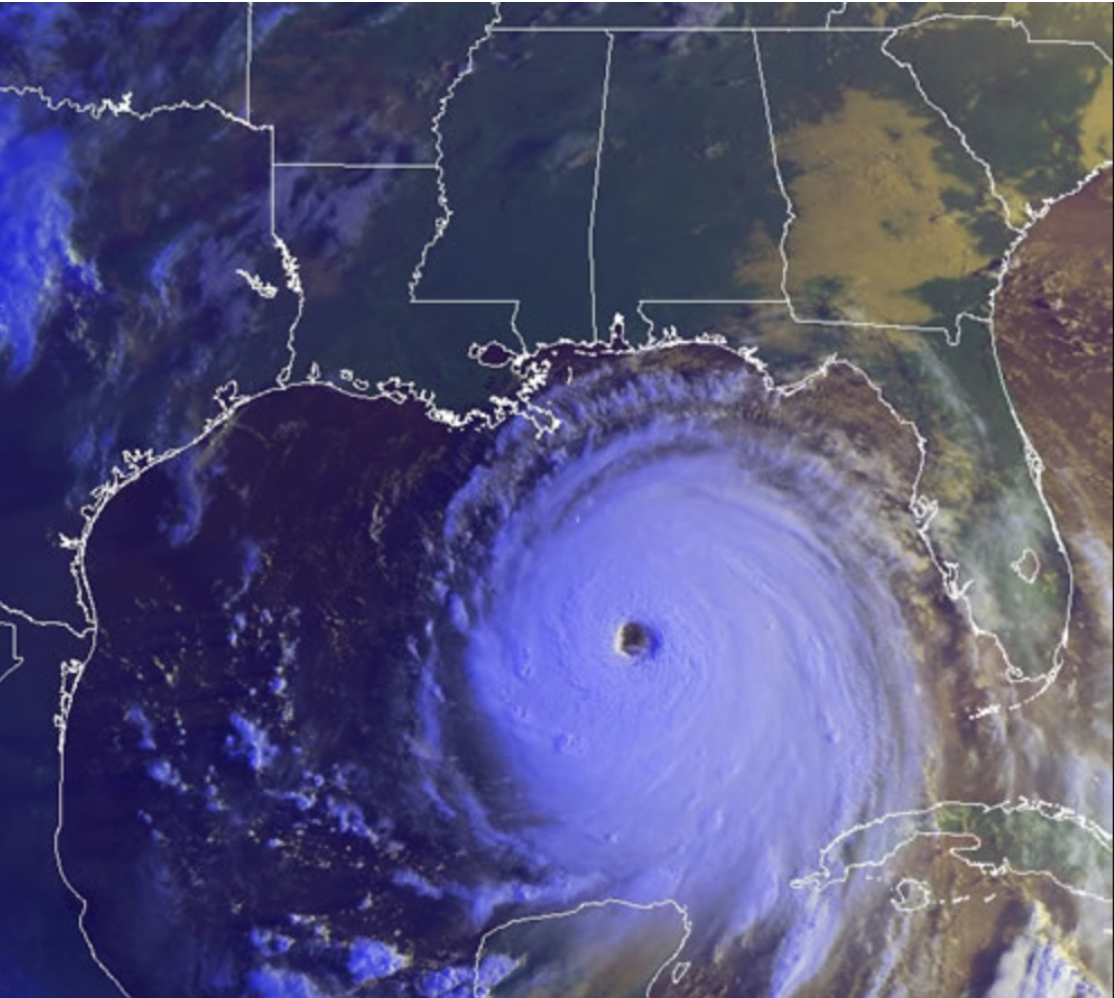Far Beyond Normal: 15 Years Since the Unprecedented 2005 Atlantic Hurricane Season - National Weather Service Heritage

Far Beyond Normal: 15 Years Since the Unprecedented 2005 Atlantic Hurricane Season
By Emily Senesac (emily.senesac@noaa.gov)As May becomes June, and as temperate spring weather quickly gives way to the heat and humidity of the summer months, one thing becomes clear to meteorologists: the Atlantic hurricane season has arrived. Usually beginning around June 1 and ending by November 30, the average Atlantic hurricane season has historically seen about 12 named storms, only about three of which become major hurricanes (category 3 or higher on the Saffir-Simpson Hurricane Wind Scale). However, there have been hurricane seasons in history that were, according to NOAA and the NWS, “above normal” in terms of number of storms, length of season, and other crucial factors. Remembered by many as one of the most devastating hurricane seasons in US history, the 2005 Atlantic hurricane season was “above normal” in almost every way.
In May of 2005, NOAA released its annual Atlantic Hurricane Outlook, detailing the agency’s expectations for the upcoming season. The report called for a 70% chance of an “above-normal” season, with an expected 12-15 tropical storms and 3-5 major hurricanes. However, the hurricane season that followed would quite literally blow those expectations away -- with a total of 28 named storms, seven major hurricanes, and four that reached a Category 5 status, the 2005 Atlantic hurricane season was the most active season to occur since reliable records began in 1851 (Beven, 2006).
The sheer number of storms that occurred during the 2005 season presented many unique circumstances, one of which involved the storm naming process. Usually, tropical storms in a given season are named alphabetically using a list of 21 names corresponding to 21 letters. However, in the event that more than 21 named tropical storms occur in a single season, the additional storms are named after names in the Greek alphabet. This was the case in 2005, as the last storm to strike during the season was Tropical Storm Zeta. In addition to being part of a unique naming process, Zeta was unprecedented in another way: it struck far later than the usual ending of hurricane season, lasting from December 30, 2005 to January 6, 2006 (Beven, 2006).
Among the many destructive storms that developed during the 2005 hurricane season, one storm in particular is still making headlines today: Hurricane Katrina. One of the most devastating hurricanes in US history, Katrina was the deadliest hurricane to occur since the Okeechobee Hurricane of 1928. With wind speeds of 125 mph at landfall, Katrina caused $75 billion in damages, mainly to the Louisiana and Mississippi coasts. Even more tragically, there were over 1,200 reported deaths, 1,000 of those occurring in Louisiana alone. More than a decade after this catastrophe, the affected areas are still recovering, rebuilding, and mourning the tremendous losses felt by their community.
As for the 2020 Atlantic hurricane season, NOAA released its 2020 Atlantic Hurricane Outlook on May 21, predicting that it will likely be an “above-normal” season as well. With the expectation of 13-19 named storms and 3-6 major hurricanes, keeping safety precautions and procedures in mind is as important as ever.
References and Additional Reading:
-
John L. Beven (2006) “Blown Away: The 2005 Atlantic Hurricane Season,” Weatherwise, 59:4, 32-44, DOI: 10.3200/WEWI.59.4.32-44
-
May 2005 Atlantic Hurricane Season Outlook: https://www.cpc.ncep.noaa.gov/products/outlooks/hurricane2005/May/hurricane.html
-
May 2020 Atlantic Hurricane Season Outlook: https://www.noaa.gov/media-release/busy-atlantic-hurricane-season-predicted-for-202
-
Tropical Cyclone Naming History: https://www.nhc.noaa.gov/aboutnames_history.shtml
